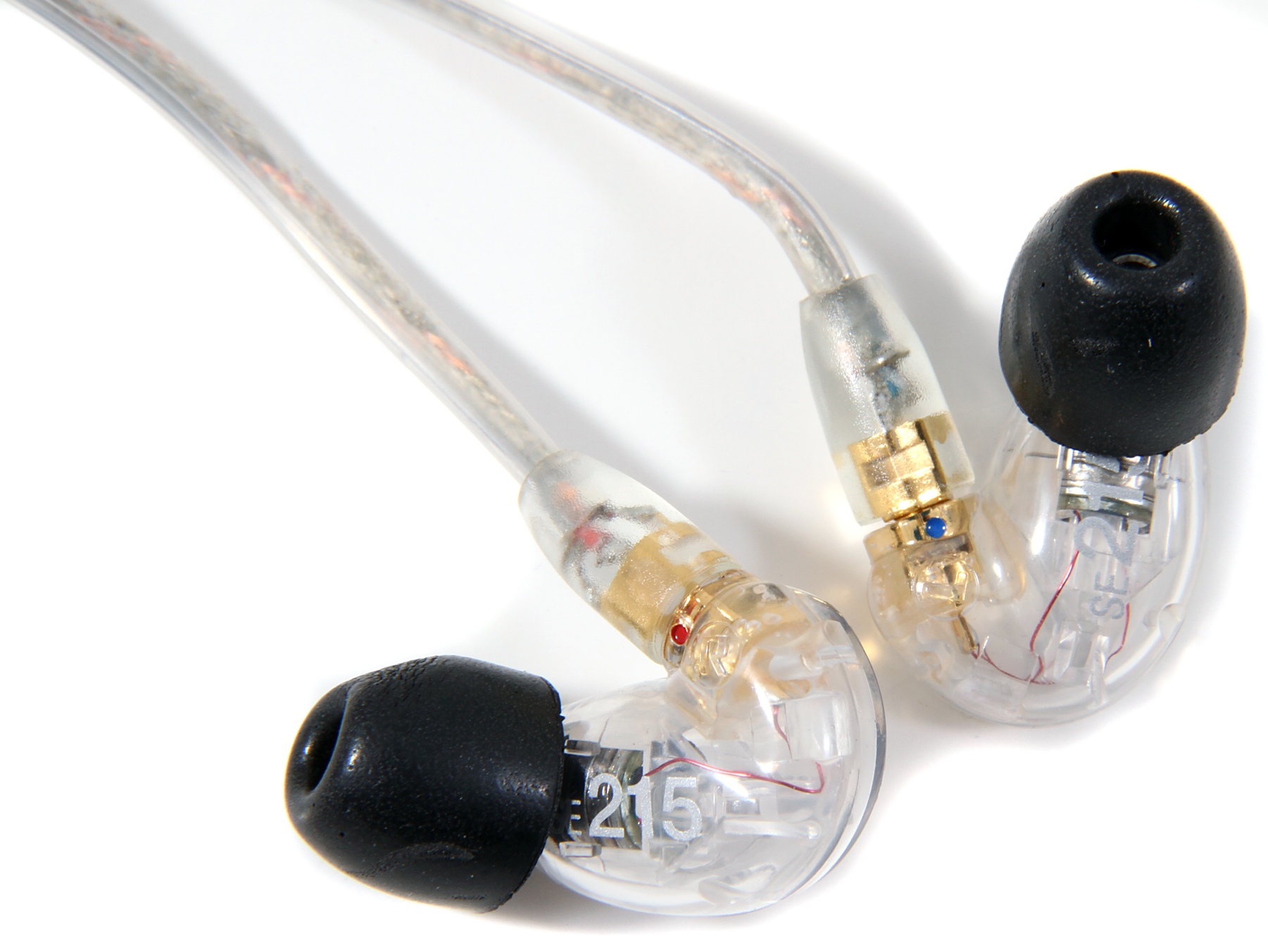Flea, bassist of Red Hot Chili Peppers (via Facebook)
This is part one of a two part series. Don't miss Part Two: Contemporary.
Guitar players get all the glory. Aside from lead singers, they typically are the focal point in any band, and at their most prolific, guitarists can overshadow singers or even render frontmen interchangeable. The dynamic is understandable; The mythic power of rock is perhaps most fully alive in a great riff or solo. If we’re going to play “air” anything, we usually go for the guitar first.
That doesn’t lessen the significance of a band’s other members, though. Strong players on other instruments sharpen a band’s sound, make it more versatile, and make their running mates look even better. The best of these players don’t just keep the beat or meet minimum expectations, they find spaces of their own to express something intangible, to contribute moments of lyric beauty and sheer power. Here is a small sample size of those who’ve shouldered these roles, a team of most valuable players who don’t primarily play guitar. They might not be the flashiest players, but they make their bands better in important, sometimes nearly imperceptible ways.
First, an all-star group culled from legacy bands — acts that have achieved longevity and done most of their swimming in the mainstream.
Christine McVie
Role: Keyboards, Fleetwood Mac
Strengths: In a band full of big, unpredictable personalities, McVie was an anchor, an elegant, steadying force. She not only suited her playing to the band’s stylistic shifts, but had a serious hand in shaping them. McVie could create warm sound beds, accent all-out rockers or show off a surprisingly bluesy side.
Check out: “Say You Love Me”
Benmont Tench
Role: Keyboards, Tom Petty and the Heartbreakers
Strengths: The classically trained pianist took a fork in the road to become a rock keyboard legend and the prototypical MVP. His Hammond organ chops and nimble piano playing brought a dimension to one of the truly great American bands. Tench is as important — on some songs, even more so — than Petty’s first mate, guitarist Mike Campbell.
Check out: “Refugee”
Steve Nieve
Role: Keyboards, Elvis Costello
Strengths: Whether in Costello’s first band, The Attractions, or a later iteration, The Imposters, Nieve has been a regular presence alongside the English bard. Like any great rock keyboardist, Nieve can do a little bit of everything. But he established a unique voice, augmenting Costello’s particular neuroses with the jittery, kaleidoscopic sound of the Vox Continental organ.
Check out: “(I Don’t Want to Go to) Chelsea”
Tina Weymouth
Role: Bass, Tom Tom Club
Strengths: Weymouth and husband, drummer Chris Frantz, will of course always be better known for their integral roles in Talking Heads. But the band they formed in the midst of the Heads’ peak years, and the one that still remains, benefits from the still-bounding energy and lovely, strange persona Weymouth brings to the table.
Check out: “Genius of Love”
Flea
Role: Bass, Red Hot Chili Peppers
Strengths: Flea is the Red Hot Chili Peppers. You can argue that without him, Anthony Kiedis would just be a shirtless surfer mumbling something about California. The bassist provides the Peppers’ manic energy, but also is its music historian, working from a great knowledge of jazz and funk.
Check out: “Soul to Squeeze”
Steve Berlin
Role: Saxophone, flute and keyboards, Los Lobos
Strengths: Berlin is the consummate team player, bringing versatility and an edge to the Lords of East Los Angeles. Berlin plays the saxophone with a chip on his shoulder and a groove in his heart. His ability to move seamlessly between instruments and styles makes him a perfect fit for the multi-faceted band.
Check out: “Mas y Mas”
Jeff Ament
Role: Bass, Pearl Jam
Strengths: Ament’s contributions can be lost to the two-guitar attack of Stone Gossard and Mike McCready and fevered singing of Eddie Vedder. A recent episode of Steven Hyden’s Celebration Rock podcast noted that Ament brought a bit of funk with him from stints in bands such as Mother Love Bone and Green River. Hyden and Co. were right on: Ament is an agile player, commanding in a relatively quiet way.
Check out: “Corduroy”
Phil Selway
Role: Drums, Radiohead
Strengths: If it’s possible for a drummer to be a quiet force within a band, Selway is the embodiment of that notion. With whirling dervish Thom Yorke at the microphone and all the squalling noise coming from guitar and synthesizer, Radiohead needs a steady force behind the drums. That’s not to suggest that Selway is merely reliable; he is an incredibly musical drummer who, like the other members of his band, finds the fullest range of possibilities on his instrument.
Check out: “Bodysnatchers”
Charlie Gillingham
Role: Keyboards, Counting Crows
Strengths: Following in Tench’s footsteps, Gillingham fits the man of mystery role for the Bay Area folk-rockers. All he does is put his head down and play resonant parts. Occasionally, Gillingham cedes the piano to frontman Adam Duritz, allowing him to paint from a different palette, moving to the organ or stepping away from his perch to play accordion.
Check out: “If I Could Give All My Love (Richard Manuel is Dead)”
Kevin Hearn
Role: Keyboards, Barenaked Ladies
Strengths: In a band that, at least on hits like “One Week,” can be a little up-in-your-face, Hearn has a beautiful, deft touch. Hearn glides across the piano, executing runs that, in some cases, make the song without ever drawing too much attention to himself. Set against their hits, the Ladies’ deep cuts exhibit a serious musicality, and often Hearn underscores and upholds it.
Check out: The live version of “Jane” from “Rock Spectacle”












